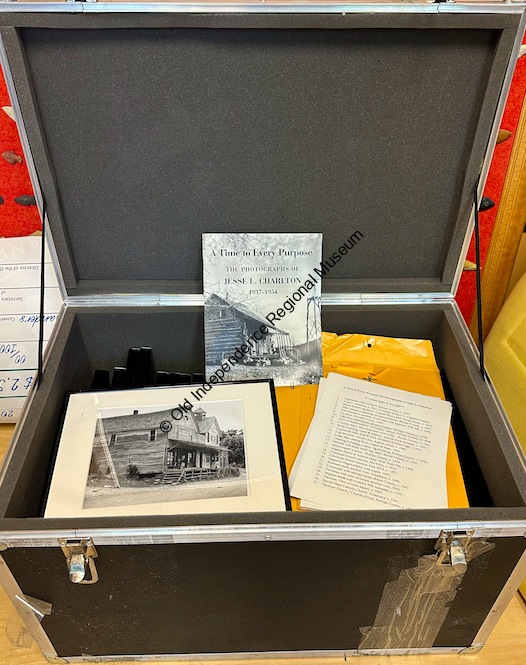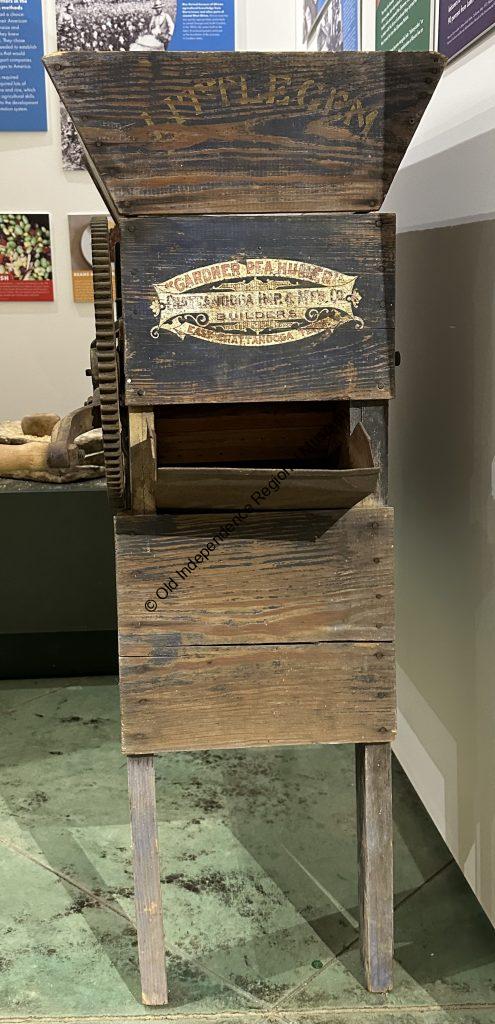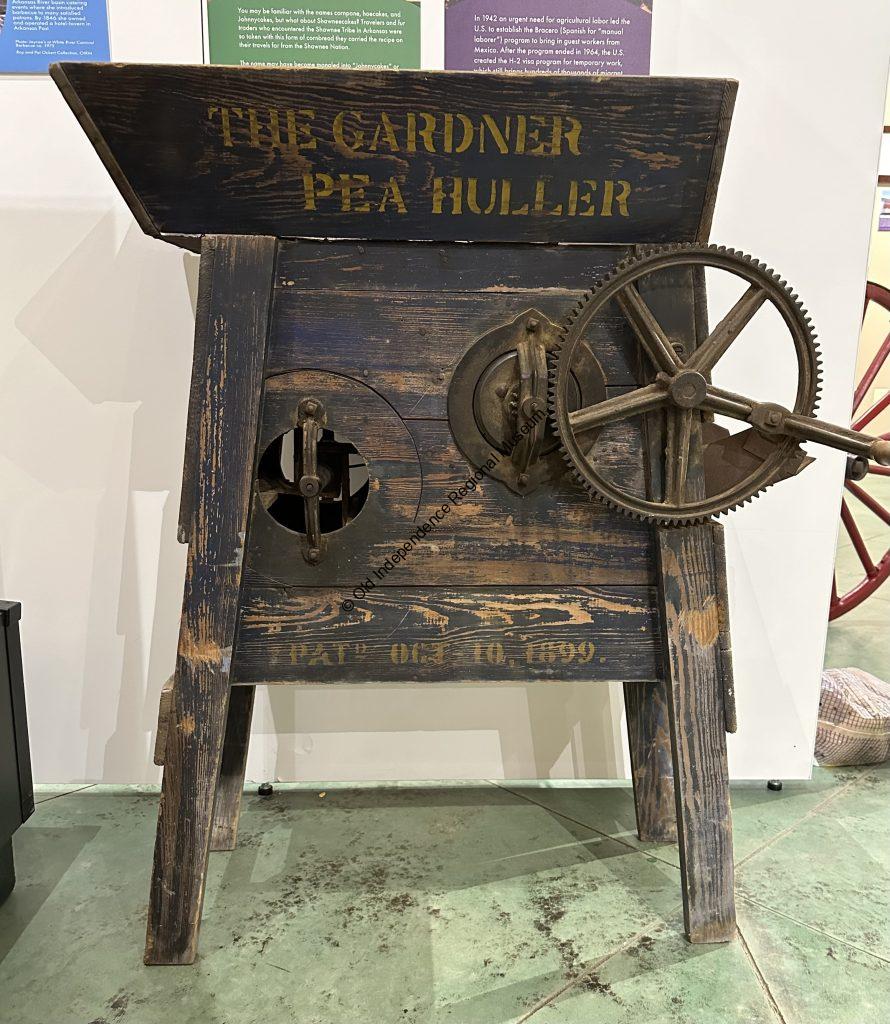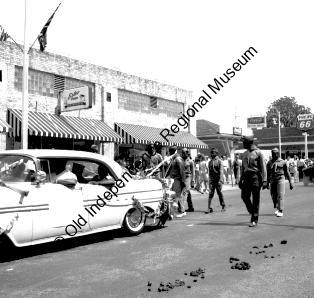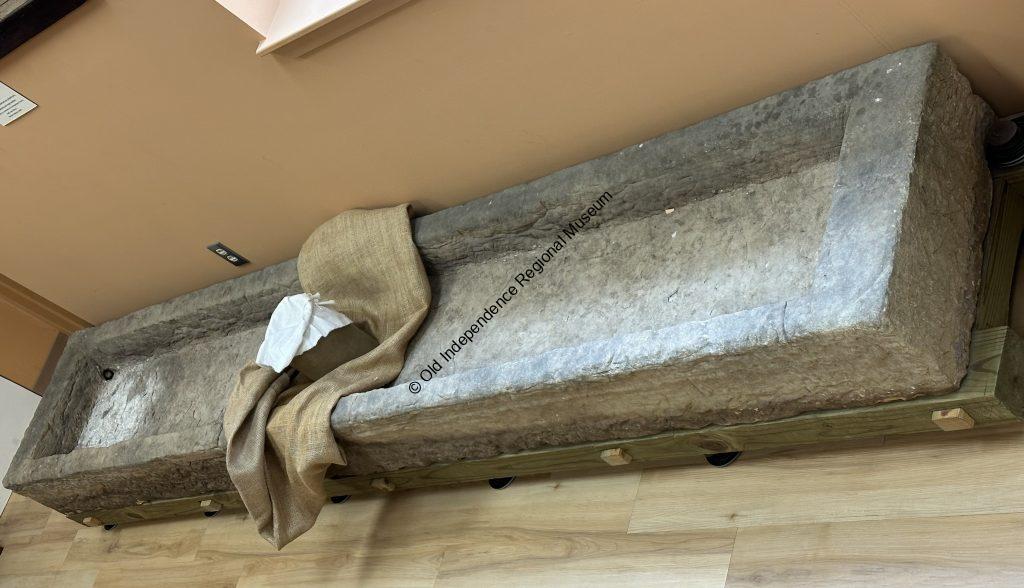Polaroid – Land Camera Model 20, The Swinger
The Land Camera was a self-developing film (instant) camera manufactured between 1948 and 1983 by the Polaroid Corporation. This particular Swinger model hit the market between 1965 and 1970. Its relatively small size and inexpensive cost made the Swinger one of the top selling cameras of all time.
A little back story on the history of the camera’s name:
The first commercial Land camera of 1948 (Model 95) created sepia prints in approximately one minute. The camera’s name was for Edwin Land, and when Mr. Land retired in 1982, so did his name.
The Swinger name is derived from the habit of Mr. Land walking through Phyllis Robinson’s copyright office with the camera swinging from his wrist. She immediately captured the name for advertising purposes.
While the Swinger was priced at below $2.00, the film was not what you would describe as typical for a Polaroid: it was the first venture in film developed outside the camera. To keep costs low, the prints were 3 ¼” x 4 ¼” and were only available in black in white.
Sales dropped in the 1970s when consumers became disillusioned with the quality of the prints. Word of mouth led most people to opt for a different camera. Statistics prove those who did purchase the Swinger developed two rolls of film or fewer before abandoning it.
This camera and many others are from the collection of Nona Floyd, who donated them to fill the cabinets for OIRM’s general store exhibit leading into our Smithsonian traveling exhibit focused on national and local food culture. Thank you, Nona, for your generosity! Please come by to see both these new exhibits. We will see you at the museum!


